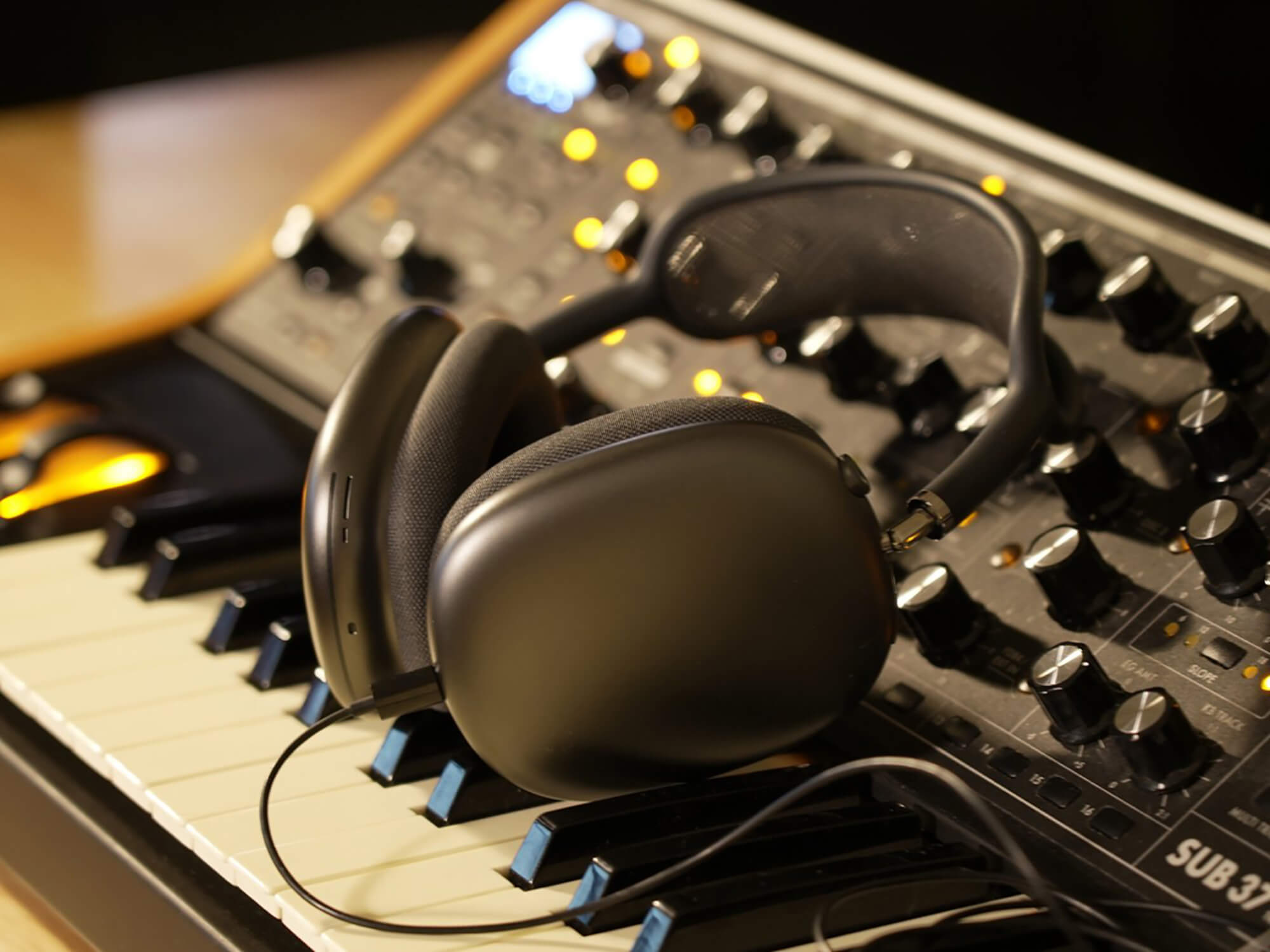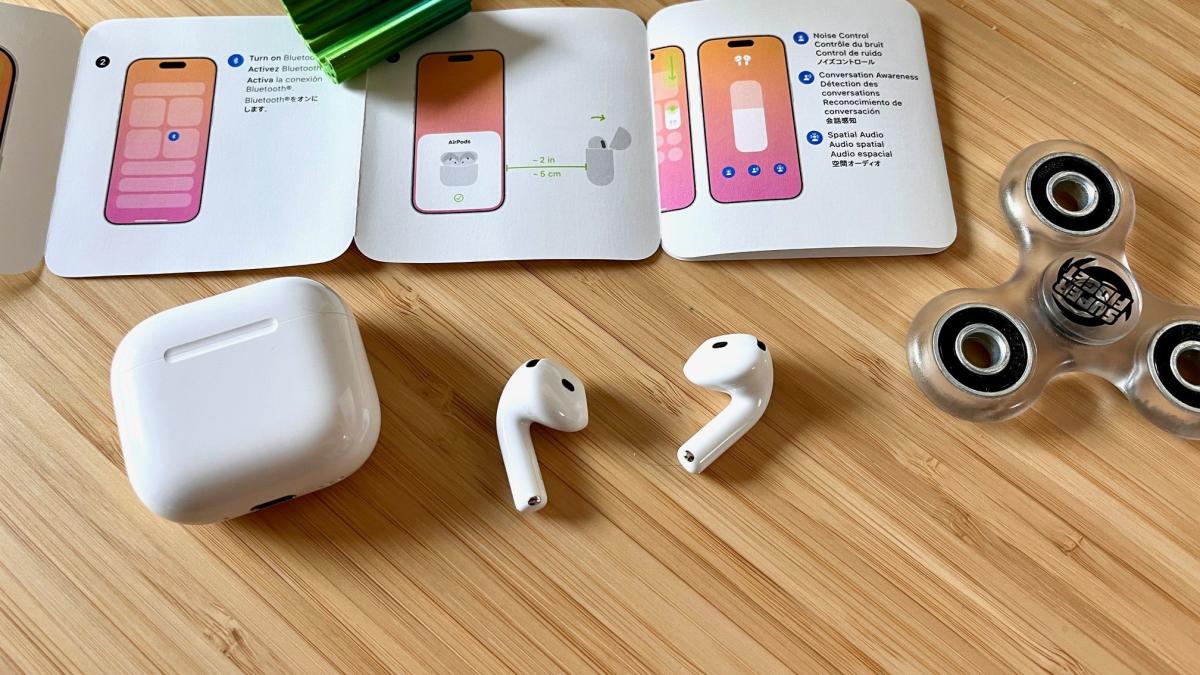On April 1, 2025, Apple’s boss, Tim Cook, sold a big chunk of company stock—over 223,000 shares. This sale earned him around $50 million, even after taxes took a bite. It’s part of a plan he set up years ago to sell shares bit by bit, so it’s not a surprise move. After this, he still owns more than 3 million shares, showing he’s still tied to Apple’s future.
Meanwhile, Apple’s stock price took a hit on April 2, 2025. Why? People are worried about new tariffs that President Trump might slap on goods coming from China. Since Apple makes most of its products there, these extra costs could hurt its profits. Investors got nervous, and the stock dropped a little. Experts say if tariffs happen, Apple might have to raise prices or take a smaller profit—neither sounds great.
Tim Cook has dealt with tariff talks before and even met Trump in the past to smooth things over. For now, Apple’s team is watching closely, hoping to dodge any big money troubles. The company’s still strong, but these challenges are keeping everyone on their toes!



